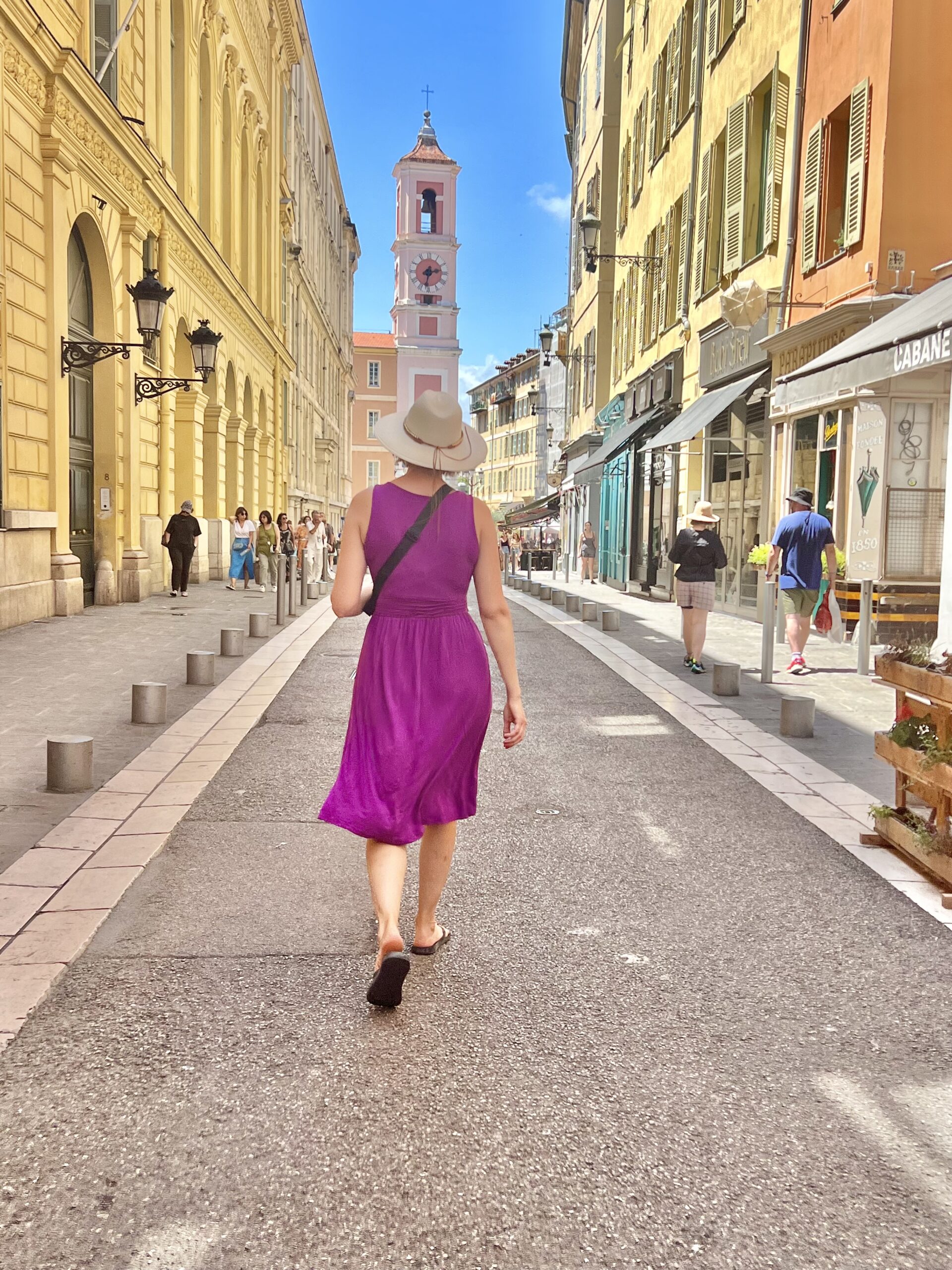A lone female traveler sits in the middle of a half-empty piazza, espresso warming her palm as the sun casts gold across weatherworn stone. No agenda, no companion. In this suspended hour between night and motion, only the hush of early morning in a city still shrugging off sleep. Though solitary, her steps echo a broader shift, a steady rise in women traveling independently and carving space for themselves across unfamiliar ground.
Subtle changes often go unnoticed at first, like the earliest signs of a new season. Right now, travel moves through one of those quiet transformations. More women now choose to explore alone. A movement, years in the making, is gathering quiet force and has become impossible to miss. Across continents and coastlines, women who travel solo, women with purpose, are evermore present.
The industry has given them a name: Wander Women, first coined by Virtuoso and Globetrender. It feels less like a trend and more like a quiet renaissance, one shaped by financial independence, confidence, and an enduring sense of possibility.
Within Virtuoso’s network of solo travelers, sixty-eight percent are female. Of those, sixty-two percent are Boomers, twenty-six percent Gen X, ten percent Millennials, and two percent Gen Z. Across continents, the median age may shift, but the intent is the same. In 2025, 45 percent of women expressed a desire to travel solo. That number continues to rise each year.
Data may illuminate broad trends, but it rarely captures the complexity of individual experience. Behind each statistic stands a real person — perhaps someone blending into a market in Hanoi or welcoming sunrise in the Sahara. Motivations originate deep within, shaped by personal longing rather than market research.
Some women travel to grieve, others to celebrate. Some seek silence while others chase connection. A woman may plan her first solo trip after a divorce, at retirement, or simply because the timing finally feels right. The common thread is the decision to go without waiting for someone else to say yes. In that choice lives the quiet power of self-permission.
Wander Women are also reshaping how and where people travel. Virtuoso reports a meaningful increase in solo female travelers who avoid over-touristed destinations as a deliberate sustainability practice. Instead of marquee cities and oversaturated landmarks, they choose places that feel spacious and story-rich — coastal towns, regional food hubs, desert landscapes, and communities where slower rhythms still hold.
These findings mirror a recent report by Atlys, a travel visa platform. Searches for solo female travel have tripled since early 2024, now exceeding pre-pandemic levels. Women spend more on wellness, cultural connection, and safety — prioritizing comfort over volume and values over visibility. Atlys found that women traveling solo invest 18–22 percent more per day than men. They also tend to book earlier, stay longer, and favor thoughtful accommodations over flashy ones.
In response, the travel industry has started to adapt. Tour operators once focused on couples but now design programs that welcome solo guests with ease. Hotels waive single supplements. Travel advisors build custom itineraries for women who want equal parts security and spontaneity. Across the travel sector, Wander Women have influenced not only what gets booked, but how travel feels once it begins.
Cruise lines have also begun to adjust their approach. Where solo travelers once faced steep single supplements, some now find that fee reduced or removed entirely. Tauck has eliminated the single supplement for Category 1 cabins on more than 250 departures in 2025. Avalon Waterways routinely waives single supplements on a portion of cabins across most European departures and select Mekong voyages. Riviera Travel goes further, reserving a handful of cabins without supplements on every sailing and even offers solo‑only departures where no cabin requires one. Ocean lines are responding too. Norwegian Cruise Line now offers studio cabins for solo guests and access to a private lounge, while Royal Caribbean, Celebrity, Holland America, MSC, Virgin Voyages, and Ponant each offer solo staterooms or reduced pricing on select sailings.
One line has moved even further. Uniworld will launch its first women-only cruise in August 2025, sailing through Burgundy and Provence aboard the S.S. Catherine — programmed entirely by women. Passengers will discover lavender weaving, truffle foraging, and candlelit concerts in charming French towns. They can sip wine at pairing sessions, unwind at pajama parties, learn burlesque, and enjoy a comedy set and Q&A with SNL comedian Rachel Dratch.
For travelers in Kamloops and elsewhere, the takeaway may be subtle but significant. The next solo trip might not look like a grand tour of Europe. It could be a long weekend on Vancouver Island, a self-guided wine route through the Okanagan, or a hiking retreat in Wells Gray. These smaller moments offer time to recalibrate, move through space with awareness, and reconnect with the voice that often gets quiet in daily life.
Because solo travel is about access, the Wander Woman does not wait for consensus or convenience. She moves when the light is right, when the fare is reasonable, or when a place calls her by name. She finds freedom not in distance but in direction.
And for many, that direction now points forward.
Last spring, a Kamloops resident in her early sixties packed a small carry-on and flew to Seville. She had never been to Spain, never traveled alone outside of Canada, and never felt more certain. Over ten days, she wandered the orange-scented streets of Andalusia, joined a flamenco workshop, and lingered over every breakfast. “I thought I would feel out of place,” she later shared. “Instead, I felt at home in myself.”
That is the quiet revolution of the Wander Woman. She moves forward and claims the world as her own.

